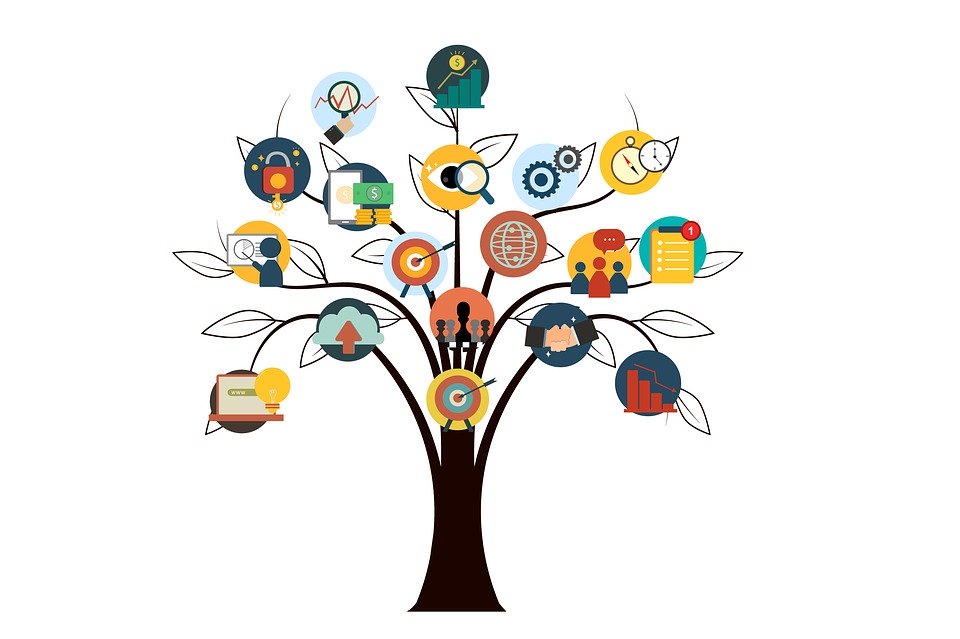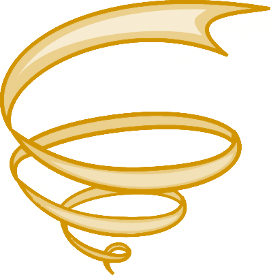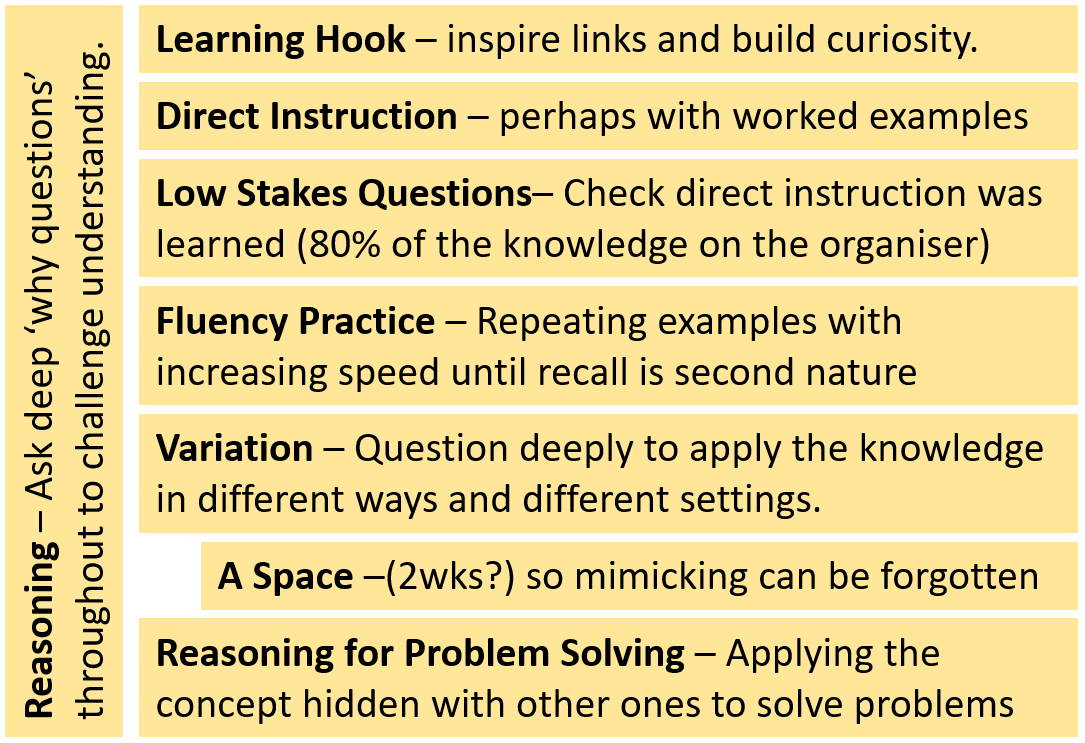Our SMART Learning Model
As a result of considerable research by all of our headteachers and subject leaders in primary and secondary, we have arrived at a comprehensive model for learning that is in use across the Trust and is reviewed in the light of new research and professional reading at least twice annually. A summary of the current model appears below and the full version can be downloaded as a PDF document.
You are free to download and use the model providing that you always include a link back to this source and credit SMART as the originator.
Real Learning: Concepts, Knowledge, Schemas and Understanding

The aim of the curriculum is to help children build a ‘Schema’ of Concepts that structure their understanding in the same way as the branches and trunk provide the structure for a tree. Learning is defined as any permanent change to this schema.
Knowledge is attached to the schema like leaves attached to the tree. They feed and nourish the schema allowing it to expand in new directions. Even if the knowledge is then forgotten, the schema has been formed so it is much easier to learn it again.
You can’t grow branches before the trunk, the learning of concepts must be carefully sequenced with increasing complexity so the schema builds correctly by returning to the same concept on numerous occasions in different contexts as a spiral curriculum.
Each context needs the relevant knowledge to support it (around 80% memorised and usable).

This is why our model for real learning asks the teacher to sequence knowledge and understanding through a carefully crafted set of lessons we call a learning episode.
 How the teacher structures the learning towards a given concept must be their own design, using their pedagogical skills. One possible model for a learning episode is shown here.
How the teacher structures the learning towards a given concept must be their own design, using their pedagogical skills. One possible model for a learning episode is shown here.
All lessons should have conceptual understanding as the final goal.
